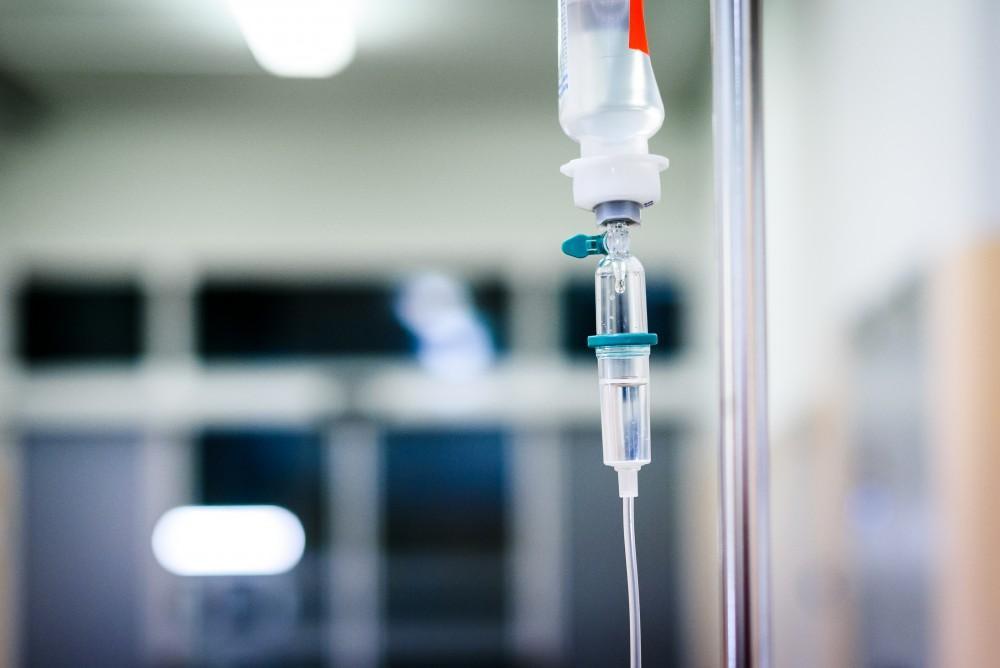Pericarditis: Symptoms, Causes, Treatment
What are the symptoms of pericarditis?
Pericarditis is a condition in which the pericardium, a thin layer of tissue surrounding the heart, becomes inflamed. The symptoms of pericarditis can vary depending on the severity of the inflammation and the individual’s overall health. Some common symptoms of pericarditis include:
- Chest pain: Chest pain is the most common symptom of pericarditis. The pain is usually sharp and stabbing, and it can be felt in the center of the chest or in the left side.
- Sharp stabbing pain: The pain is often described as a sharp stabbing pain that can be severe and debilitating.
- Radiating pain: The pain can radiate to the arms, shoulders, and back.
- Difficulty breathing: Some people may experience difficulty breathing or shortness of breath due to fluid accumulation in the pericardium.
- Fatigue: Pericarditis can cause fatigue, weakness, and lethargy.
- Fever: In some cases, people may develop a fever, which can be accompanied by chills and sweating.
- Swollen lymph nodes: Swollen lymph nodes in the neck or armpits may be present in some cases of pericarditis.
- Coughing: Some people may experience coughing due to fluid accumulation in the lungs or bronchitis.
- Nausea and vomiting: In some cases, people may experience nausea and vomiting due to the inflammation and fluid accumulation in the pericardium.
- Abdominal pain: Abdominal pain, particularly in the upper part of the abdomen, can occur in some cases of pericarditis.
It’s important to note that these symptoms can also be caused by other conditions, so it’s essential to consult a healthcare provider if you’re experiencing them.
What are the causes of pericarditis?
Pericarditis is a condition in which the pericardium, a thin layer of tissue surrounding the heart, becomes inflamed. There are several causes of pericarditis, including:
- Viral infections: Viral infections such as coxsackievirus, echovirus, and adenovirus can cause pericarditis.
- Bacterial infections: Bacterial infections such as tuberculosis, pneumonia, and endocarditis can cause pericarditis.
- Fungal infections: Fungal infections such as histoplasmosis and coccidioidomycosis can cause pericarditis.
- Autoimmune disorders: Autoimmune disorders such as rheumatoid arthritis, lupus, and scleroderma can cause pericarditis.
- Cardiac surgery: Cardiac surgery, particularly coronary artery bypass grafting and heart transplantation, can cause pericarditis.
- Cancer: Certain types of cancer, such as lymphoma and leukemia, can cause pericarditis.
- Radiation therapy: Radiation therapy for cancer can cause pericarditis.
- Inflammation: Inflammation caused by injury, trauma, or infection can cause pericarditis.
- Cardiac conditions: Cardiac conditions such as myocardial infarction, cardiomyopathy, and cardiac tamponade can cause pericarditis.
- Genetic disorders: Certain genetic disorders such as Marfan syndrome and Ehlers-Danlos syndrome can increase the risk of developing pericarditis.
It’s important to note that in some cases, the cause of pericarditis may not be determined or may be due to a combination of factors.
What is the treatment for pericarditis?
The treatment for pericarditis depends on the underlying cause and severity of the condition. Here are some common treatments for pericarditis:
- Pain management: Medications such as acetaminophen or ibuprofen can help relieve chest pain and discomfort.
- Antibiotics: If pericarditis is caused by a bacterial infection, antibiotics such as penicillin or cephalosporins may be prescribed.
- Corticosteroids: Corticosteroids such as prednisone can help reduce inflammation and swelling in the pericardium.
- Nonsteroidal anti-inflammatory drugs (NSAIDs): NSAIDs such as ibuprofen or naproxen can help reduce inflammation and pain.
- Colchicine: Colchicine is a medication that can help reduce inflammation and swelling in the pericardium.
- Thalidomide: Thalidomide is a medication that can help reduce inflammation and swelling in the pericardium.
- Pericardiocentesis: Pericardiocentesis is a procedure in which a needle is inserted into the pericardial sac to remove excess fluid.
- Pericardial window: A pericardial window is a procedure in which a small incision is made in the chest to create a hole in the pericardium, allowing fluid to drain out.
- Surgery: In some cases, surgery may be necessary to repair or remove damaged tissue in the pericardium.
It’s important to note that treatment for pericarditis should be tailored to the individual patient and may involve a combination of these treatments.




